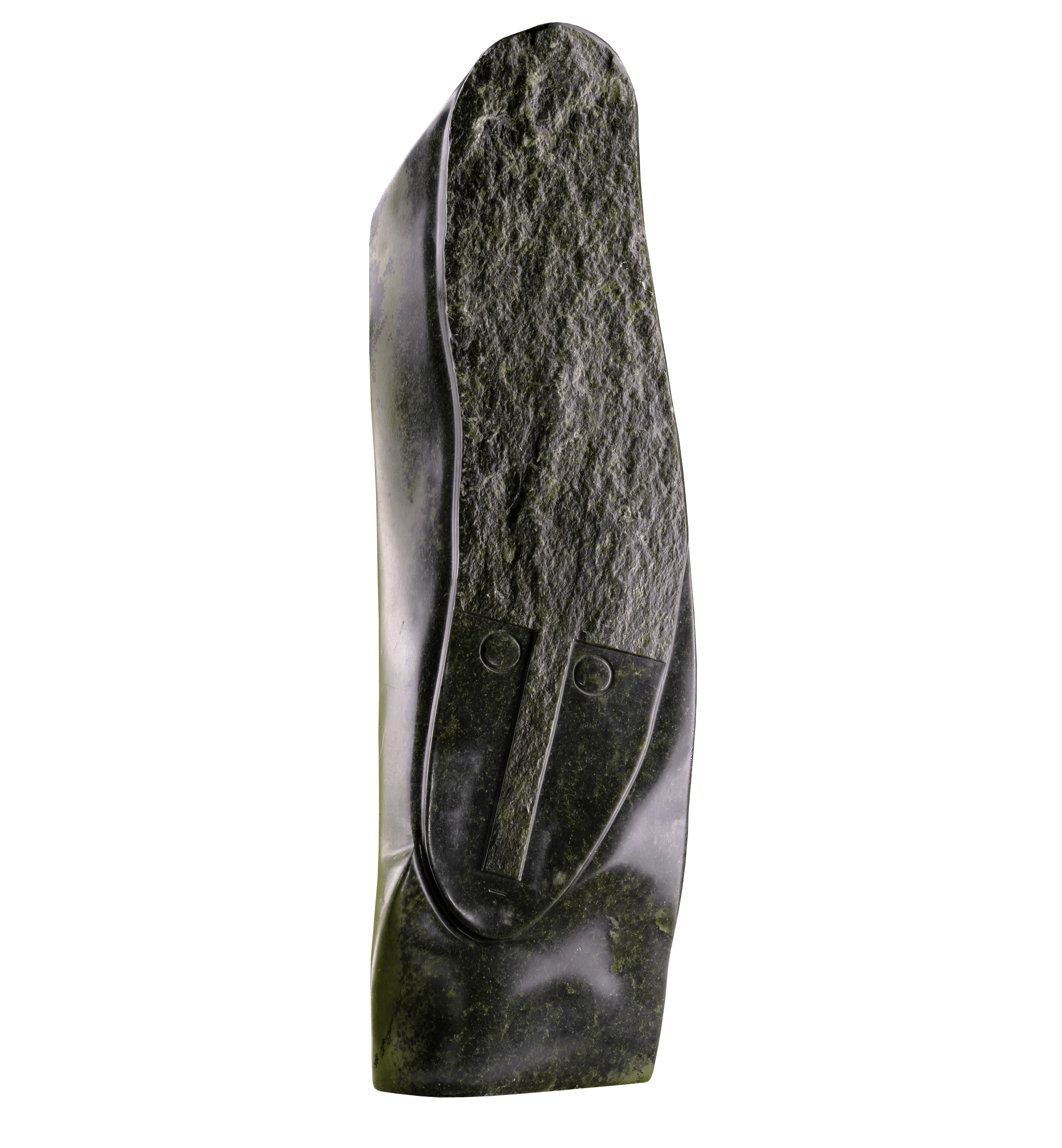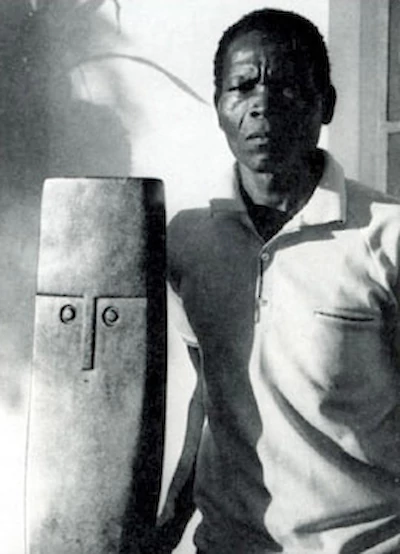Henry Munyaradzi
Following the shape of the stone




Henry Munyaradzi was thirty-five and out of work when he discovered the Tengenenge Art Community, an open-air art space two hours north of the capital of the British colony of Rhodesia, now Zimbabwe. Isolated from the other artists, Munyaradzi, or simply “Henry” as he came to be known, learned to read the stone he carved, bringing a unique and mediumistic style to the burgeoning style of Shona sculpture.
Henry was the son of a mhondoro, a spirit medium and community leader, who left the family when Henry was young. It was his uncle, Edward Chiwawa, who raised Henry. His childhood was active, herding cattle, hunting with spears and bows and arrows, and joining in the all-night bira ceremony that summons ancestral spirits for guidance. As he grew, Henry learned carpentry and blacksmithing from his uncle, which became his trade.
In November of 1965, Henry was working as a tobacco grader when Rhodesia’s white minority government declaired independance from the United Kingdom. The declairation threw the country into a decade of upheaval and civil war. Britian refused to acknowledge the new nation, and applied sanctions on tobacco exports. Henry was out of work, and needed a new option.
Full biography coming soon.